This day next week Ireland goes to the polls. There are more than 2,000 candidates for 949 seats across the 166 electoral areas on Ireland’s 31 local authorities. Some 73 candidates are running for 14 seats in the European Parliament across three constituencies; and 15 candidates are seeking election to a position never-before contested – a directly-elected mayor of Limerick.
It’s the biggest day in the electoral calendar – a vast, raucous, disputative festival of democracy. But how stand the races?
Less tightly managed by the parties, and less frequently measured by opinion polls, the local and European elections are volatile, unpredictable and fascinating, with each local authority area subject to its own dynamics, issues and personalities.
In recent days The Irish Times has spoken to many people involved with and observing the campaigns at all levels. They have different perspectives and experiences. Nonetheless there is striking agreement on many of the aspects of the campaign so far – and on the themes that will dominate the final week:
READ MORE
We’re a grumpy lot
People in all parties say they are finding the public mood peculiar. In some places there is undoubtedly outright anger on the doorsteps; but it is not, most say, widespread or typical. What canvassers often encounter, though, is a sort of grumpiness. There is grumpiness with the Government parties for sure, with immigration, the cost of living and housing all featuring prominently. But there is also grumpiness with the Opposition parties – whose job it is, after all, to express grumpiness with the Government. There does not seem to be a general summary of the national mood at all.
Wouldn’t start from here
It’s important for all parties to be able claim a good result. So they will all spend some time this week devoted to managing expectations and framing the election. It comes in different guises. Sinn Féin, having had a poor local and European elections in 2019, will certainly gain many seats. But given the polls since the election it would be a disappointment if it did not emerge as the largest party in local government after the elections – an outcome which the Irish Times/Ipsos B&A poll suggested was possible. Fine Gael and Fianna Fáil did relatively well in 2019, so they will be trying to spin the loss of seats – which both expect – as a victory. All depends where you start from.
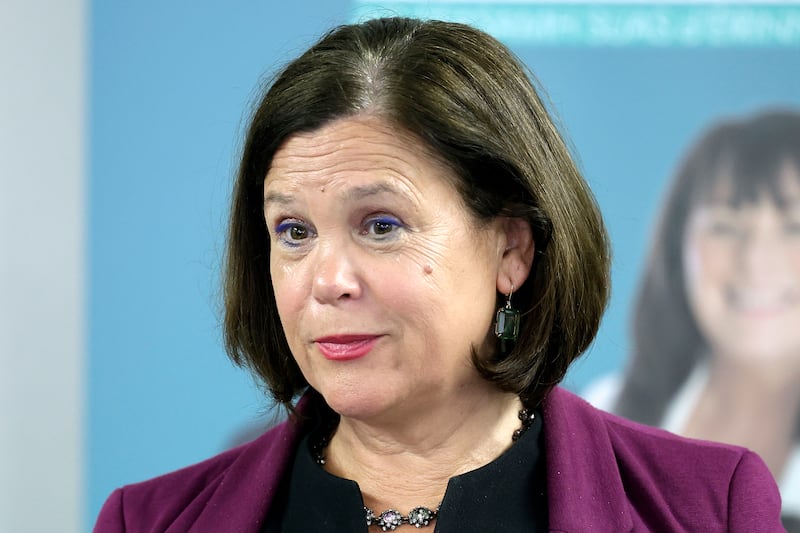
Shinnerwobbles
Sinn Féin is undoubtedly nervous. The massive, unexpected decline in its support in the past year, as measured by the opinion polls, has monstered the party’s once bullish self-confidence. There is chatter about a hostile reception on the doors, especially in some working class areas. “People used to shout at you that they were Sinn Féin voters,” says one canvasser for another party. “Now they don’t.”
One Sinn Féin figure privately worries about whether the party’s supporters will turn out to vote on the day. “Hard to call it,” he says. On the other hand if the party can win a bunch of local authority seats, an MEP in each constituency and top the popular vote – it can say it won the elections. That would have a steadying effect. But they have the jitters, no doubt about it.
Immigration
All parties agree that the issue of immigration – viewed through the lens of the difficulties accommodating asylum seekers – is coming up on the doors. But sources differ on the frequency. “Every second door,” says one campaigner, ruefully. “Certainly not every second door or anything like that,” is the experience of one MEP candidate.
What is certainly true is that for the first time candidates are running explicitly on the immigration issue – there are hard-right candidates in the local and European election fields. Few are in with much of a chance – not least because there are so many of them (in the Euros at least) that they have significantly divided their support.
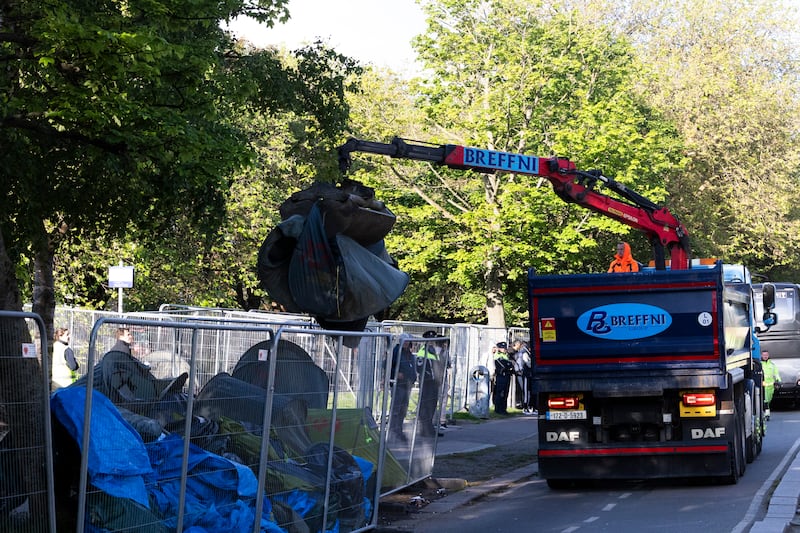
But some candidates who are making immigration their chief issue – like Peter Casey in Midlands-North-West and Niall Boylan in Dublin – might take their transfers and could yet make a late run. Nearly everyone who spoke to The Irish Times this week expects Boylan, an outspoken former radio host, to figure in the later counts in Dublin. Expect their messages to become more shrill in the last week.
End of the Mick and Clare Show?
For the past five years Mick Wallace and Clare Daly have been Ireland’s highest profile and most controversial MEPs. A political double-act since their days together in the Dáil, the pair have been outspoken critics of the EU and the US, earning them admirers in China, Russia and some Arab countries.
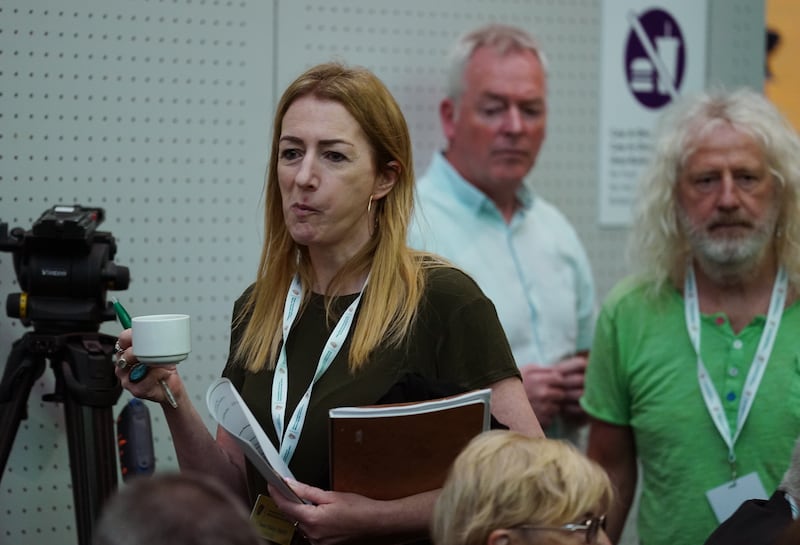
Both are under pressure this time, though. The Irish Times/Ipsos B&A poll put Wallace at just 3 per cent in Ireland South, while Daly was in slightly better shape – but still a long way from a quota – in Dublin at 6 per cent. Fellow radical left candidate Bríd Smith, of People Before Profit, has suggested a transfer pact, but Daly has not responded favourably. She might need those votes, though. Interestingly, their sometime ally Luke ‘Ming’ Flanagan – who adopts a less anti-EU position – seems to be coasting in Midlands-North-West.
The Left’s Awoke
There’s fierce competition on the centre left between Labour, the Social Democrats and the Greens. A strong showing by Dublin MEP candidate Aodhán Ó Ríordáin in The Irish Times poll gave Labour canvassers a spring in their step; the opposite seems to have happened for the Social Democrats, who inexplicably failed to run their strongest candidate, Rory Hearne, in the constituency where they might have had a decent chance. The campaign almost seems to be passing them by.
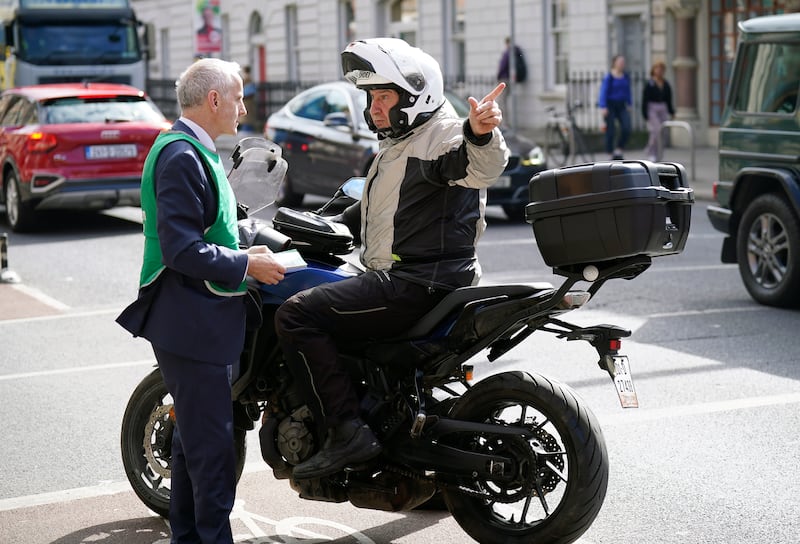
The Greens, after a good result in 2009, are struggling to contain losses. The result in the Dublin European contest will be hugely important for them. It’s hard for smaller parties.
The Harris effect
Is there one? We’ll find out. There’s certainly a sense of rejuvenation in Fine Gael, enhanced by a bit of a bump in the polls since Simon Harris took over the Taoiseach’s office. The party is optimistic now in a way it hasn’t been for a while. Privately, though, Fine Gael expects to lose seats. Minimising those losses and finding candidates for the general election (where it will be dealing with a rash of retirements) are the key objectives.
Frenemies
Fianna Fáil and Fine Gael have so far managed to be electoral rivals and Government allies. That’ll be harder in the last week, especially for candidates who feel the election slipping away from them. But campaigners on the ground report the flip side of their alliance – they expect transfers between the two parties at a rate they haven’t seen before. In 2019 and 2020, Fine Gael found it very difficult to get transfers. This time their old frenemies will help out.
Independents Day
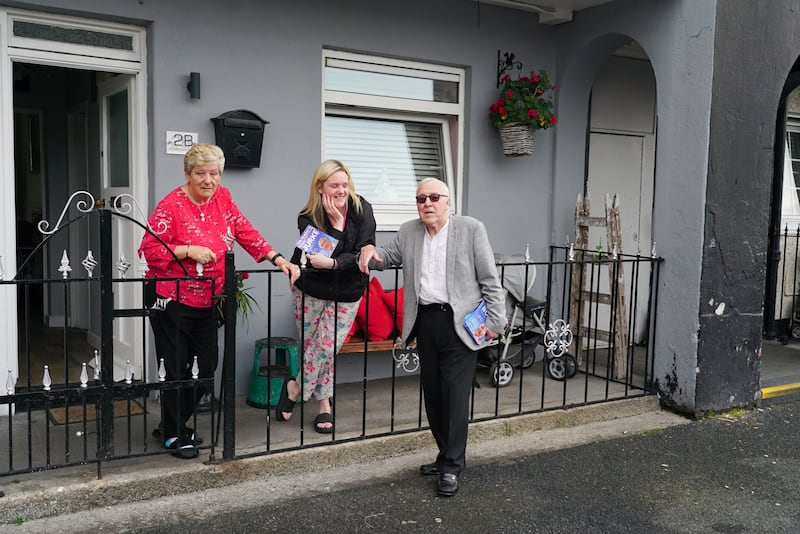
Virtually every campaigner who spoke to The Irish Times last week expects Independent candidates to do well next week. Traditionally a haven for the “plague on all your houses” vote – which will be substantial anyway, the Independents also attract voters from the far-right to the far-left and all points in between. Local election voting tends to be more personality-driven than other election, with strong centrist non-party candidates (sometimes former FFers or FGers) a feature in every local authority. The Irish Times poll had Independents at 21 per cent – joint first place with Fine Gael, and ahead of Fianna Fáil (20 per cent) and Sinn Féin (18 per cent).
Cuimhnigh ar Luimneach
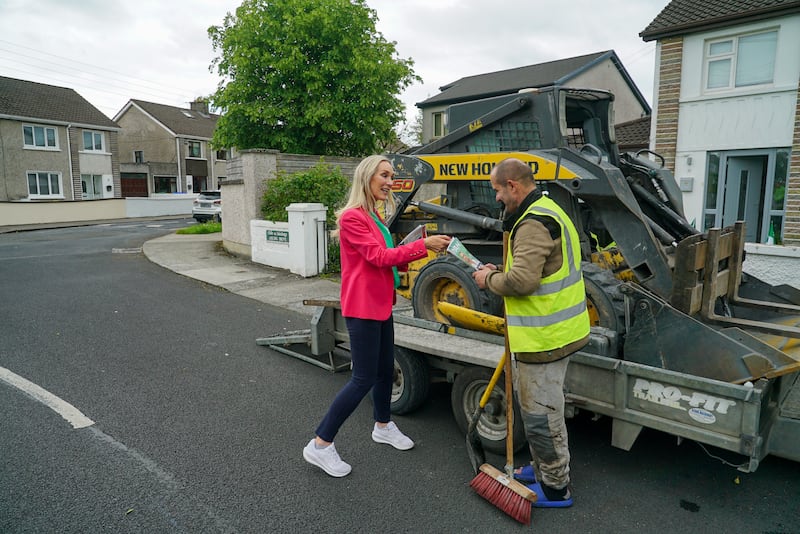
“Remember,” said one election veteran, “there are two elections. The locals and Euros are very different.” Correction: there are three. The first direct elections for mayor will take place in Limerick, and with 15 candidates to call it a dogfight doesn’t quite capture it. It’ll be all about the transfers. Expect Dee Ryan (FF) and Daniel Butler (FG) to sweep up in the county, and Independents John Moran and Helen O’Donnell, as well as Sinn Féin’s Maurice Quinlivan, to be strong in the city. Transfers will decide what looks set to be a long, long count.
- Sign up for push alerts and have the best news, analysis and comment delivered directly to your phone
- Join The Irish Times on WhatsApp and stay up to date
- Listen to our Inside Politics podcast for the best political chat and analysis












